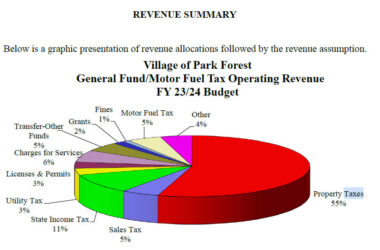
Commentary
Inside the First Amendment
By Gene Policinski
First Amendment Center vice president/executive director
Just in time for Flag Day, a California public school principal appears to have managed, in one swoop and in the name of respecting the Stars and Stripes, to show a lack of respect for the First Amendment’s protections for both free speech and a free press.
By a presidential proclamation in 1949, the nation officially recognized June 14 as Flag Day. Flags fly proudly from front porches. Politicians offer rhetorical salutes. In some years, Congress has been locked in debate that very day over a proposed constitutional amendment that would permit laws against flag desecration. And even the U.S. Supreme Court has gotten into the spirit, issuing a ruling on June 14, 1943, on a West Virginia compulsory flag-salute law; and another in 2004 in a case involving the phrase “under God” in the Pledge of Allegiance.
According to news reports, Shasta High School Principal Milan Woollard, in Redding, Calif., decided to short-circuit any public debate in his school over flag-burning by killing off the student newspaper, the Volcano, which carried a front-page photo collage including an image of a student holding an American flag burning at the edges. Woollard was quoted in the Redding Record Searchlight newspaper as saying the photo was embarrassing and that “the paper’s done … there’s not going to be a newspaper next year.”
Burning an American flag is, without a doubt, a repulsive thing to most Americans. But let’s take a closer look at what happened in Redding.
School officials have been given wide latitude by the courts in recent years to restrict student speech or student press when either is proven disruptive to the educational process or when that speech intrudes on the rights of other students.
And, according to the principal, the school system already was looking at closing the newspaper to cut costs amid reduced state funding. But the decision by student editors to run the photo — accompanied by an editorial saying flag-burning was protected by the First Amendment — rather solidly “cements that decision,” Woollard is quoted as saying.
Nothing in news reports thus far says the paper — the final edition of the year, published in the last week of school — caused any disruption of education. And shutting down or censoring a student newspaper for any reason that smacks of convenience — fiscal, personal or political — runs counter to the lessons that young citizens should be learning about why America values a free press and freedom of expression.
The student editor said the photo and accompanying editorial were published because he and classmates had just studied the issue of flag-burning in their government class. An administrator said publishing the image was immature and self-indulgent. But whatever the motivation for the student journalists to run the photo and editorial, the occasion affords a golden opportunity in the Golden State for education, not repression.
Far better that Principal Woollard and other school leaders find funds in the budget to keep Shasta High’s newspaper operating next year — perhaps all the while expressing their distaste for the photo. How about writing about their views in the next edition?
Would it not do good for all involved to read about why burning the American flag so offends the principal and so many other citizens; to hear from veterans who risked their lives under that banner to preserve the Constitution and the Bill of Rights? Would it not do good for students and others to discover and discuss what happens to people in other nations who deface their national symbols in order to express their views?
And would it also not do good to hear more from those who would explain why this distasteful act ought to be — as it is — protected by law partly as the ultimate demonstration to the world of how much the United States values the right of its citizens to express themselves?
Would it not be good for all sides to consider the words of Justice William Brennan, from a 1989 ruling in Texas v. Johnson that protects flag-burning, who said, “If there is a bedrock principle underlying the First Amendment, it is that the government may not prohibit the expression of an idea simply because society finds the idea itself offensive or disagreeable”?
More discussion and more information — in other words, more education — about controversial issues and views is what ought to occur at Shasta High and in the Volcano. It’s a shame that as the result of a convenient claim of fiscal need, none of that discussion seems likely to appear next year in a publication that would most easily and effectively reach students, teachers and administrators: the school newspaper.
Gene Policinski is vice president and executive director of the First Amendment Center, 555 Pennsylvania Ave., N.W., Washington, D.C. 20001. Web: www.firstamendmentcenter.org. E-mail: [email protected].








